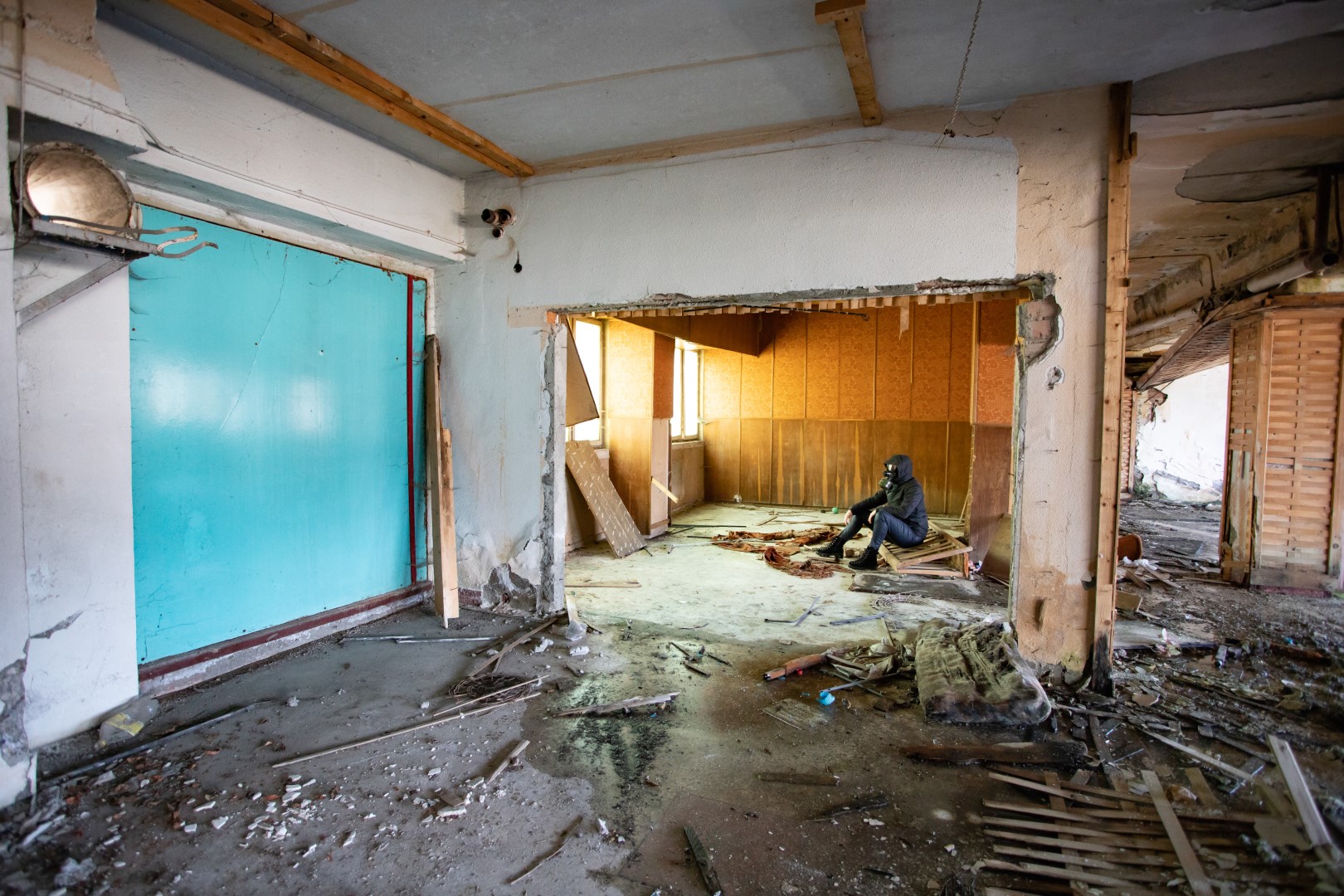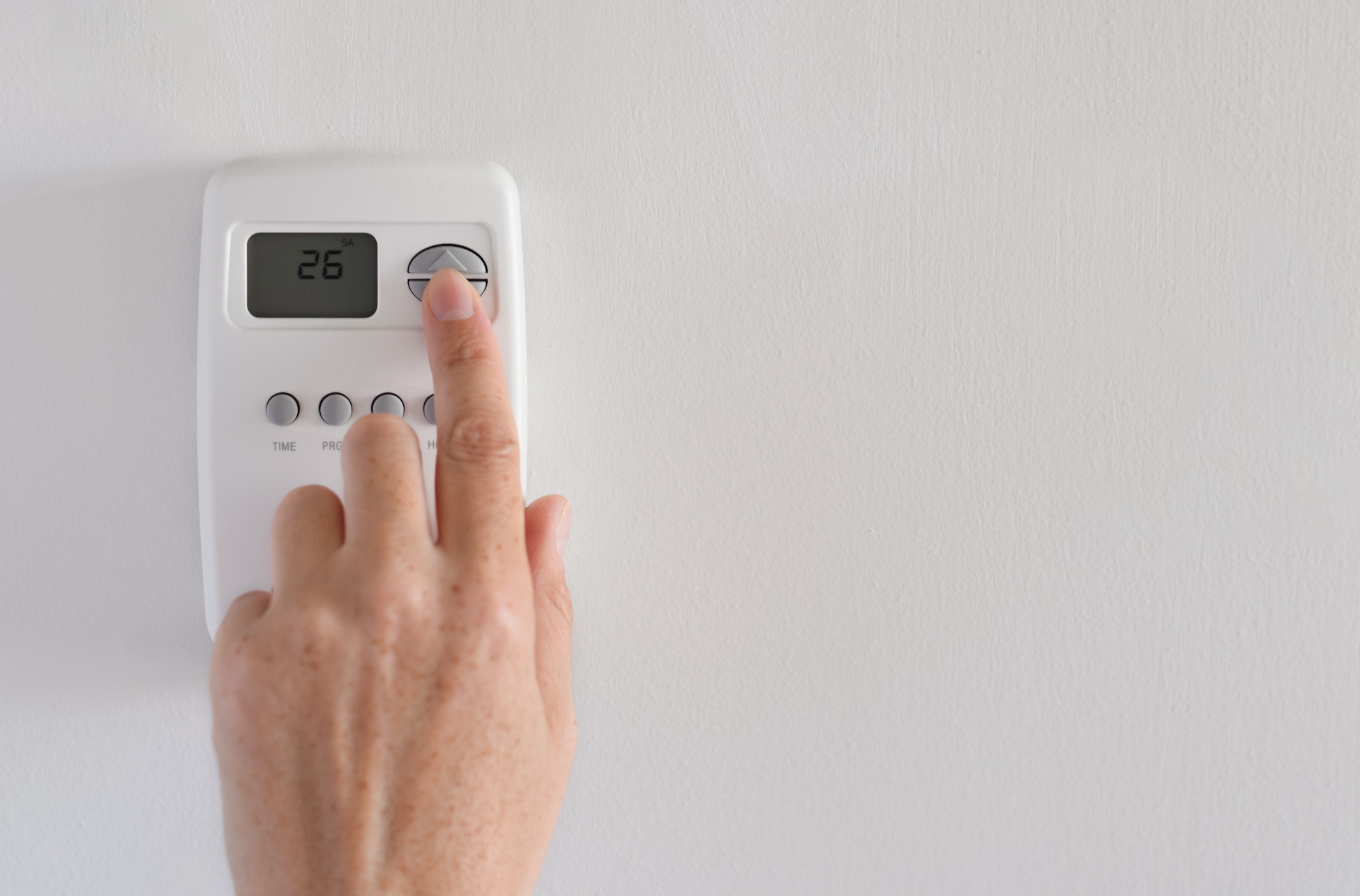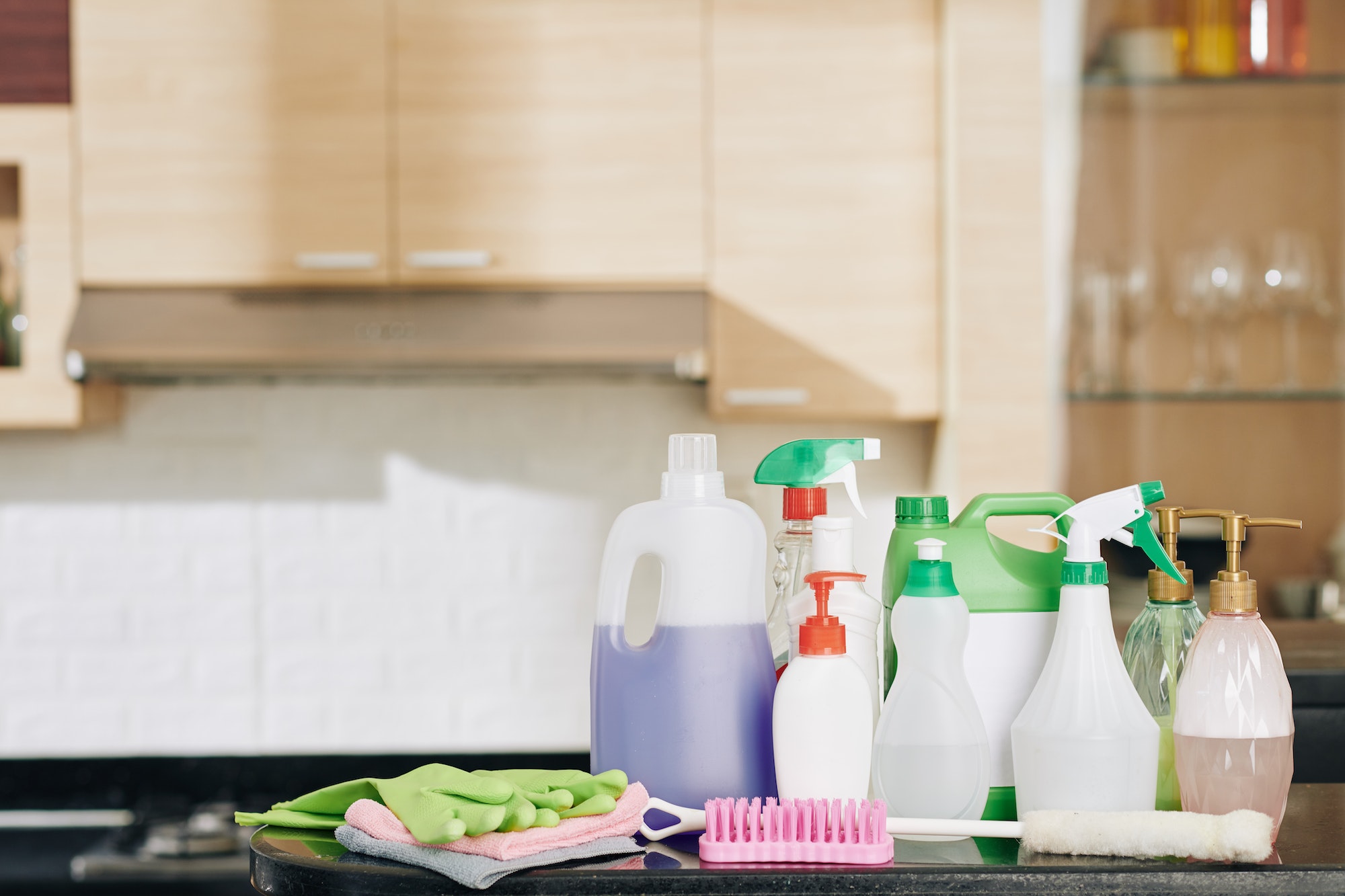Commercial property owners understand that time is money, and swift action is imperative when it comes to water damage. Each hour of delay can lead to further structural damage, mold infestation, and escalating costs. This checklist will serve as your roadmap to ensure a prompt and effective response to water damage emergencies.
1. Assessment and Documentation
The first crucial step in our checklist is the assessment and documentation of the damage. Upon discovering water damage, your immediate focus should be on understanding the scope of the problem. This involves a thorough inspection of the affected areas to determine the extent of the damage.
Assessment is not limited to visual inspection alone; it should also include documenting the damage through photographs and written records. Proper documentation will be invaluable when making insurance claims. Insurance companies require comprehensive evidence of the damage to process your claim efficiently. Having clear, dated photographs and detailed notes can significantly expedite the claims process and ensure that you receive the compensation you deserve.
2. Mold Remediation
Mold remediation involves a series of critical steps, starting with a thorough inspection of areas affected by mold growth. Specialized equipment and cleaning agents are then used to remove mold safely and effectively. Additionally, preventive measures are put in place to minimize the risk of future mold growth.
3. Water Extraction and Drying
Prompt water extraction and thorough drying are crucial in minimizing further damage and preventing mold growth. The longer water remains stagnant, the greater the risk of structural deterioration and secondary issues. Specialized equipment, such as water pumps, vacuums, and dehumidifiers, is used to remove excess water and moisture from affected areas.
4. Structural Repairs
Water damage can compromise the structural integrity of your commercial property. Whether it’s weakened foundations, walls, or ceilings, addressing structural issues is essential to ensure the building’s safety and stability. Structural repairs should not be overlooked or delayed, as they are critical to the long-term functionality and safety of your property.
5. Electrical and HVAC Systems
Water and electricity are a dangerous combination. When water damage occurs, electrical and HVAC (heating, ventilation, and air conditioning) systems are at risk. Water can damage electrical wiring, outlets, and components, posing serious safety hazards.
Inspecting and restoring these systems should be done by licensed professionals who can assess the extent of the damage and perform the necessary repairs safely. Neglecting electrical and HVAC systems can lead to electrical fires or compromised indoor air quality, both of which can have dire consequences for your commercial property and its occupants.
6. Plumbing and Water Supply
Water damage often includes damage to your plumbing systems and water supply lines. Leaks, burst pipes, and water-related issues can lead to further damage if not addressed promptly. Identifying and repairing these issues is necessary to prevent ongoing water leakage and structural damage.
Upon discovering water damage, it’s crucial to inspect your plumbing systems and water supply lines thoroughly. Look for visible leaks, pipe damage, or signs of corrosion. Any issues should be addressed immediately to prevent further water damage and ensure that your water supply remains safe and uncontaminated.
7. Cleaning and Sanitization
Cleaning and sanitization are essential steps in the water damage restoration process, especially in commercial properties. Water damage can introduce bacteria, contaminants, and odors that must be eliminated to ensure a safe and healthy environment.
The cleaning and sanitization process involves using appropriate cleaning agents and techniques to disinfect and decontaminate affected areas. Different surfaces may require different treatments, and professionals are often called in to handle specialized cleaning tasks. Addressing water damage-related odors is also a key part of this step, ensuring that your commercial property is both safe and pleasant for occupants.
8. Contents Restoration
Restoring damaged items within your commercial property is an important aspect of the restoration process. Furniture, equipment, inventory, and valuable items may be affected by water damage. Recovering and restoring these items can significantly reduce the overall cost of the restoration and minimize business interruption.
Commercial property owners should assess the condition of their possessions and prioritize salvaging valuable items. Specialized cleaning, drying, and restoration techniques may be required, depending on the type of items affected.
9. Final Inspection and Testing
Before the restoration process is complete, a final inspection and testing phase is essential. This step ensures that all restoration work has been carried out to the highest standards and that your commercial property is safe for occupancy.
During the final inspection, professionals will thoroughly assess the restoration work, checking for any overlooked issues or areas that require further attention. Additionally, testing for mold, moisture levels, and air quality is crucial to confirm that the property is free from hazards. Third-party inspectors may be employed to provide an unbiased assessment of the restoration’s success.
10. Preventive Measures and Future Preparedness
Implementing preventive measures includes regular maintenance of your property’s plumbing, roofing, and drainage systems. Having a water damage preparedness plan in place, along with an emergency response team and appropriate insurance coverage, can significantly reduce the impact of future water damage incidents.
Conclusion
In conclusion, water damage can have devastating consequences for commercial properties, but with a well-structured restoration checklist, you can minimize the damage and expedite the recovery process. By following the steps outlined in this comprehensive guide, from assessment and documentation to preventive measures, you can protect your investment and ensure the safety and functionality of your commercial property.
Discover more from Futurist Architecture
Subscribe to get the latest posts sent to your email.




